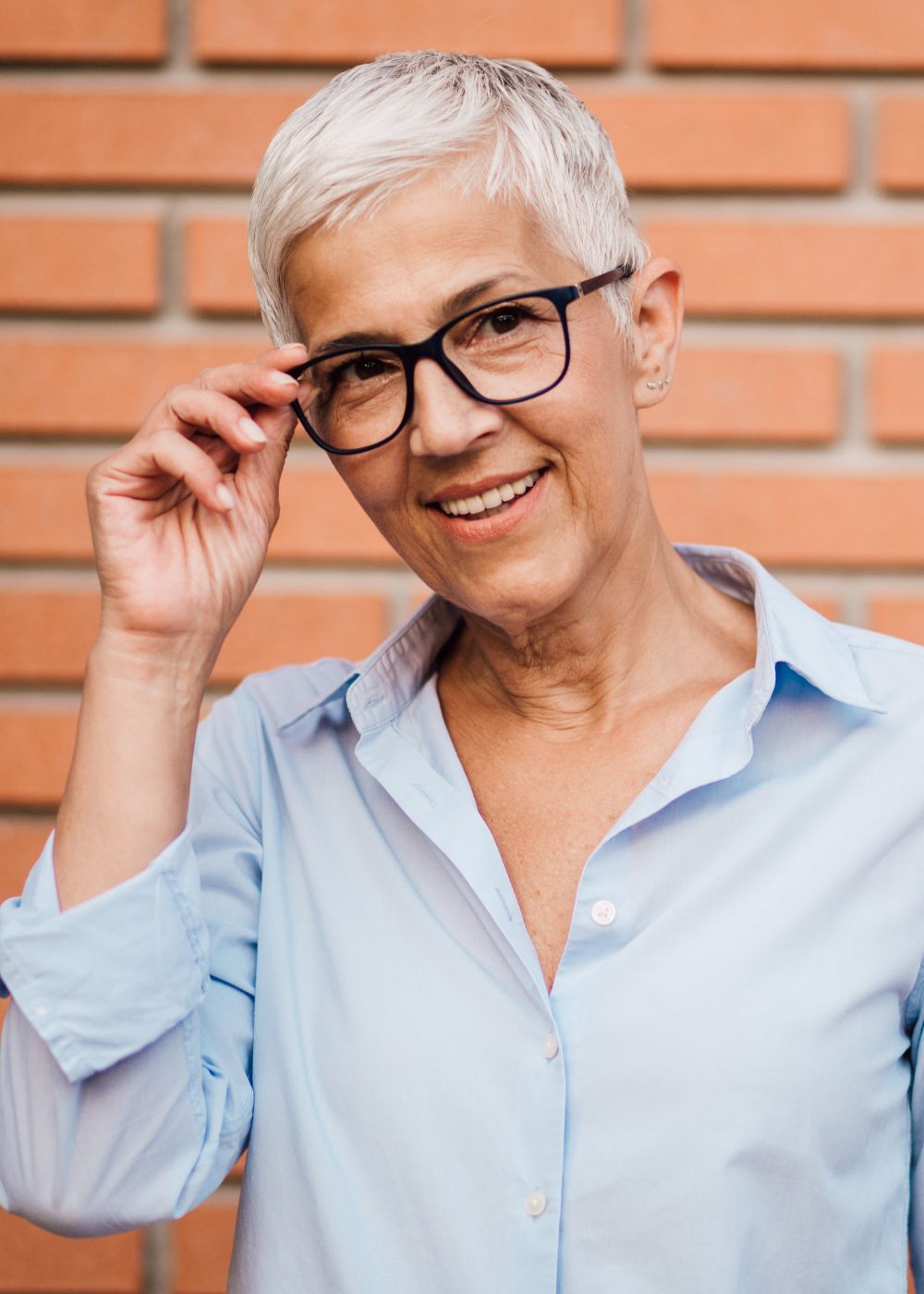February is Low Vision Awareness Month
Low vision affects is a leading cause of vision loss
Low vision is a common eye disease among people 60 and older, that affects almost 11 million people and can hinder your everyday life. If you develop low vision, there are tools available to help. you do the things you love.
How does low vision affect everyday life?
Low vision is a form of vision loss, but it doesn’t cause complete blindness. Low vision affects your central vision, which allows you to see details when you look straight ahead. Some things in your central vision may appear blurry. This makes daily activities like reading and driving difficult.
Low vision is a condition that is usually caused by eye age-related diseases or other health conditions, including macular degeneration, cataract, diabetes, and glaucoma. Other causes include eye injuries or birth defects. Because it’s often linked to diseases common in older adults, anyone over the age of 65 is at risk of developing low vision.
You may have low vision if you notice difficulty doing daily tasks like recognizing faces, getting around the house, and matching clothing colors without glasses.
Vision rehabilitation for low vision
When you lose your vision, it can’t be restored. That’s why it’s best to detect the condition early. The earlier it’s detected, the better the chances of saving the remaining vision. There are adaptations you can make in your daily life if you develop low vision so that you can keep some independence.
Who is on your vision rehabilitation team?
Professionals who would support you include primary eye care professionals and an optometrist or ophthalmologist specializing in low vision as well as occupational therapists, orientation and mobility specialists, certified low vision therapists, counselors, and social workers.
What can vision rehabilitation do for you?
Vision rehabilitation can provide adaptation to your daily life so that you can function somewhat independently while living with low vision.
What services can vision rehabilitation provide?
A vision rehabilitation program can offer services like training in the use of magnifiers and other adaptive devices, ways to complete daily living skills safely and independently, guidance on modifying residences, and information on where to locate resources and support.
On the Front Lines of Low Vision: Bonnielin Swenor
This video from Johns Hopkins follows a day in the life of a researcher living with low vision. Watch this video to see how she adapts her life to function with the condition.

